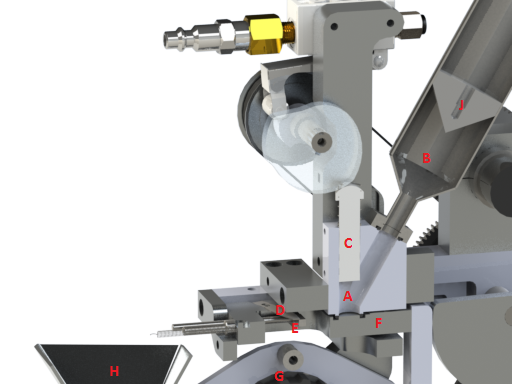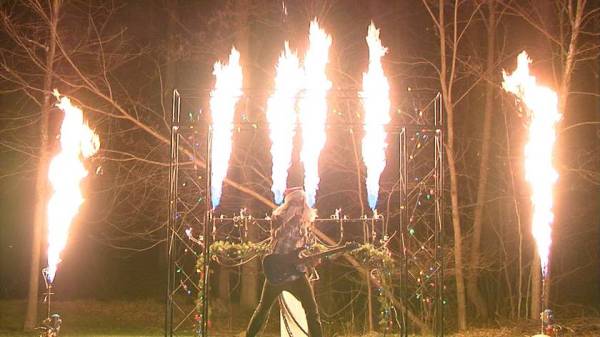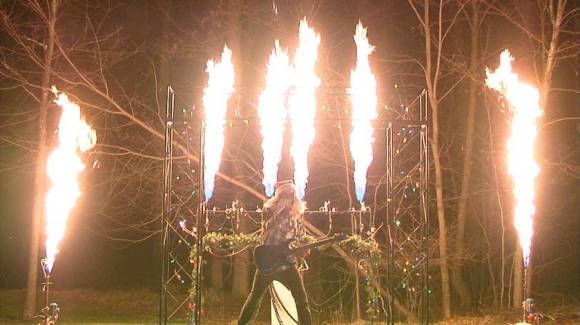This week, [Chris] tips the scales but ultimately fails. He’s on the road, hacking through the Great White North and improvising from a poorly-lit echo chamber that happens to have a vise.
Knowing nothing about firearms (do you believe that?), he decided to build a BB cannon out of pure scrap. Several kinds of sparks fly, starting with a Hitachi drill-as-lathe and ending with a tiny cupcake sparkler. [Chris] proceeds to bore out some redi-rod by eyeballing it and offers helpful tips for course correction should you attempt same. Having centered the cavity, he drills out a tiny hole for a fuse.
His first fuse is of the crushed up match head paste variety. It burns kind of slowly and does not launch the BB. Naturally, Plan B is to make napalm glue to adhere Pyrodex pistol powder to paper. As you might imagine, it worked quite well. The wadding was singed, but still no joy. After packing her full of propellant, it still didn’t explode and merely burned out the blowhole. So, what gives? Insufficient barrel length? Should have used bamboo instead of redi-rod? Didn’t want it badly enough? Give us your fodder below.


















